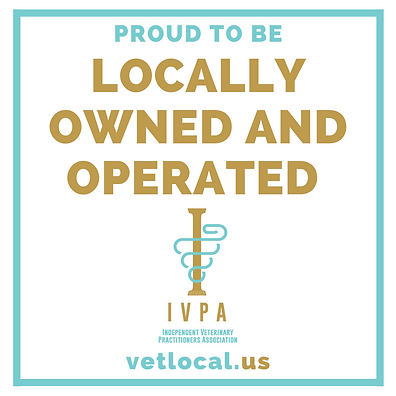|
At Priest Lake Veterinary Hospital, we offer advanced ultrasound services for both dogs and cats, providing crucial insight into your pet’s health. Ultrasound imaging is a non-invasive and highly effective diagnostic tool that allows us to visualize internal organs, blood flow, and other vital structures within your pet’s body. This method helps in detecting a wide range of conditions, from heart disease to abdominal issues, and is an essential part of our comprehensive care for pets.
Why Choose Ultrasound for Your Pet?
Ultrasound allows us to view internal structures in real-time without the need for surgery. This imaging technique is invaluable for diagnosing conditions such as:
- Heart disease (via echocardiography)
- Abdominal issues (e.g., gastrointestinal problems, liver or kidney disease)
- Urinary tract abnormalities
- Tumors and masses
- Fluid accumulations
It’s particularly helpful in pets that are difficult to examine through other diagnostic methods, especially in cases where traditional X-rays may not provide enough detail.
Board-Certified Specialist Interpretations
To ensure the most accurate and thorough analysis of ultrasound results, we collaborate with expert providers. We work with board-certified veterinary internists and cardiologists to interpret ultrasound images. Their specialized knowledge enhances our diagnostic capabilities, allowing us to offer the highest level of care for your dog or cat. These specialists can provide detailed interpretations of complex cases, ensuring your pet receives the best possible treatment plan.
The Ultrasound Process: What to Expect
An ultrasound exam is typically quick and painless for your pet. The procedure involves applying a special gel to the area being examined, followed by the technician or veterinarian gently pressing a probe against your pet’s skin. The ultrasound waves create images on a screen, which are then analyzed to diagnose various health issues.
In most cases, we may need to sedate your pet for the ultrasound to ensure they remain still during the procedure, especially for more detailed imaging or if your pet is anxious.
Ultrasound as Part of Your Pet’s Preventive Care
Regular ultrasound screenings can be a valuable part of preventive care, particularly for older pets or those with chronic health conditions. Early detection through ultrasound can help us identify issues before they become serious, leading to more effective treatments and a better outcome for your pet.
Comprehensive Veterinary Care for Dogs and Cats in Nashville, Tennessee
At Priest Lake Veterinary Hospital, we are committed to providing high-quality diagnostic services, including ultrasound imaging, to ensure your pet’s health and well-being. Whether you’re dealing with a specific health concern or just want a routine check-up, our team is here to offer the expertise and care your pet deserves.
For more information or to schedule an ultrasound for your dog or cat, contact us today. We’re proud to be your trusted partner in pet care in the Nashville and Middle Tennessee area.
|
.webp)





